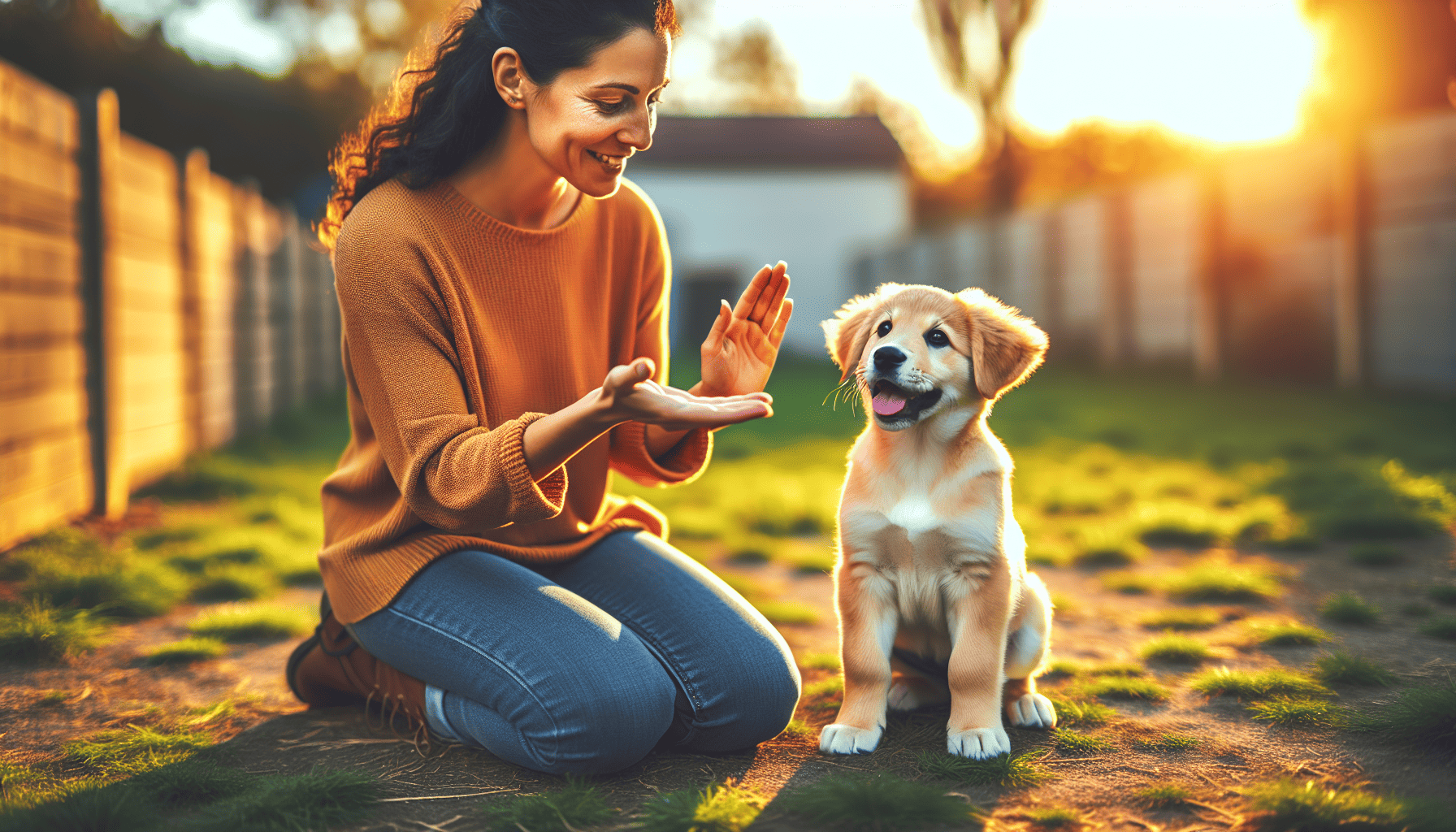Training and behavior improvement are critical components of raising a well-adjusted pet. Whether you're starting with a young puppy or an older rescue, implementing an effective training program can significantly improve your pet's behavior and obedience, making life more enjoyable for both you and your furry friend. Here’s how to establish a training routine that encourages positive behavior and resilience in your pet.
Understand Your Pet's Needs and Nature
Every pet is unique, with distinct personalities, temperaments, and needs. Understanding your pet's specific requirements is the first step towards effective training. Different breeds may have different energy levels, intelligence, and motivations. Research your pet's breed (or mixture thereof) to tailor your training strategy to their natural traits. Pay attention to what motivates your pet—whether it be treats, praise, or play—which can help guide positive reinforcement techniques.
Start with the Basics
The foundation of any training program should focus on basic commands such as "sit," "stay," "come," and "leave it." These commands form the building blocks of good behavior and are crucial for your pet's safety and your peace of mind. Begin with short sessions focused on one command at a time, and regularly practice these commands in varied settings to solidify the response.
Positive Reinforcement is Key
Positive reinforcement is widely recognized as one of the most effective forms of behavior training. This method encourages the desired behavior by rewarding your pet when they perform the action correctly. Rewards can be in the form of clicker training, treats, play, or affectionate praise. Consistency is essential, so ensure every family member participates in the training program to maintain a uniform approach.
Set Clear and Consistent Rules
Consistency is paramount when it comes to teaching obedience. Establish clear rules about where your pet can go, what furniture they’re allowed on, and what behaviors are unacceptable. This consistency helps avoid confusion and reinforces that you are the leader in the relationship. Ensure all family members understand these rules to prevent sending mixed signals to your pet.
Socialization is Crucial
For your pet to exhibit good behavior in various settings, they must be well-socialized. This means exposing them to a range of people, pets, environments, and scenarios in a controlled manner. Regular visits to dog parks, participation in puppy classes, or organized play dates can help your pet become more comfortable and adaptable in different social settings, reducing anxiety and aggressive tendencies.
Address Behavioral Issues Promptly
If your pet exhibits behavioral problems, such as excessive barking, aggression, or destructive behavior, it's important to address them promptly. Ignoring such behavior often leads to escalated problems. Consult with a professional animal behaviorist if needed, to develop a targeted intervention plan that addresses these issues while reinforcing positive behavior.
Patience and Perseverance
Remember, training is a journey, not a destination. Patience and perseverance are crucial. Training sessions should be short, fun, and not frustrating for you or your pet. Celebrate small victories and progress, and maintain a positive attitude even when challenges arise. Over time, consistent training improves obedience, establishes a strong bond between you and your pet, and ensures a harmonious household environment.
Regular Review and Refresh
Even well-trained pets need reminders of their training. Regularly revisit and refresh their obedience skills to keep them sharp. Incorporate training into your daily routine to ensure ongoing reinforcement and maintenance of the good behaviors you've already developed.
In conclusion, effective training programs for improving a pet's behavior and obedience are grounded in understanding, consistency, positive reinforcement, and patience. By investing time and effort into a structured training regime, you can foster a loving relationship with your pet and create an environment where they can thrive.
